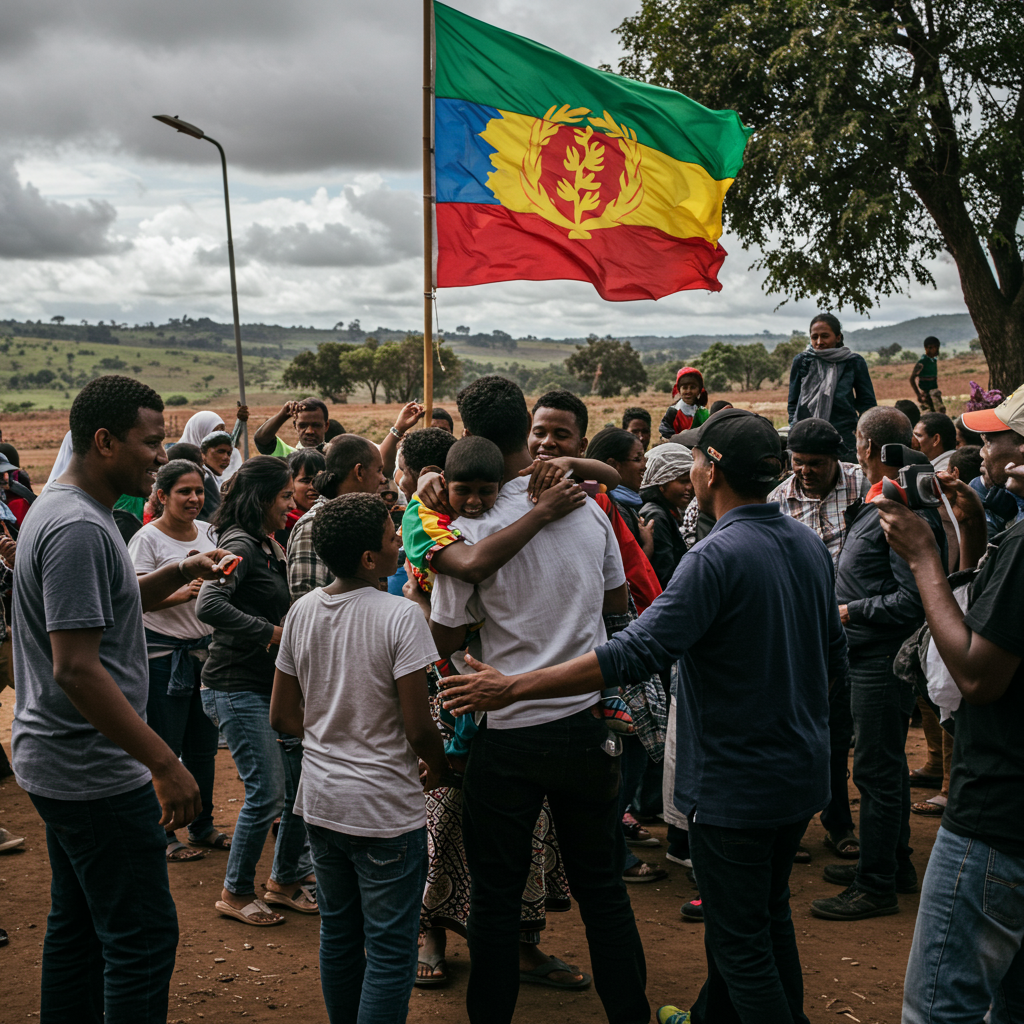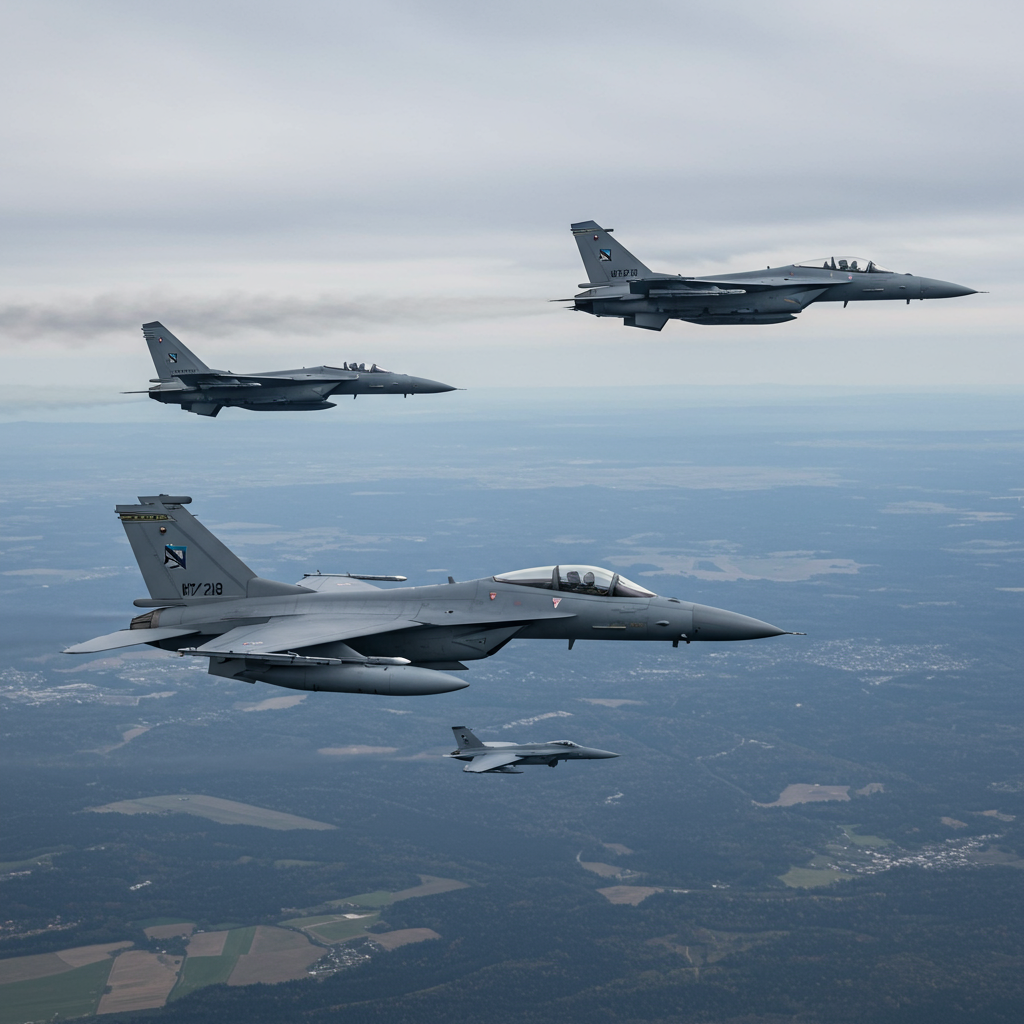A poignant scene unfolded recently at the shared border between Ethiopia and Eritrea near the Ethiopian town of Zalambessa, as communities from frontier villages came together in a rare and deeply emotional reunion. For the first time in five years, families and friends separated by conflict and political tension embraced, marking a symbolic step towards peace and reconciliation.
The gathering was particularly significant because it was organized not by the central governments of Ethiopia and Eritrea, but by local activists, community figures, village elders, and religious leaders. While lacking official federal endorsement, those behind the event indicated they had received blessings from officials in Ethiopia’s Tigray region and Eritrea, highlighting a powerful grassroots desire for connection.
The Human Toll of Separation
The five-year separation, enforced since the outbreak of the 2020 conflict in Ethiopia’s northern Tigray region, had severed ties between relatives and friends living across the international boundary. Communities like Zalambessa, which straddle the border, suffered immense hardship during the two-year war in Tigray, which ended in November 2022.
The conflict inflicted deep scars, leading to economic hardship and social fragmentation. Thousands were forced to flee their homes; reports indicate that over 55,000 people from the area remain displaced, living in makeshift shelters in places like Adigrat, south of Zalambessa, often relying on relatives for survival.
Amidst the joyful embraces, chants of “Enough of the past, let’s sit at the table of peace and build a better future” echoed, reflecting the collective exhaustion with conflict and the fervent hope for normalcy. Local cross-border trade also tentatively resumed, with people using both Ethiopian and Eritrean currencies – a small but vital sign of returning to pre-conflict life. As one woman from Tigray put it, “As people, we want to eat, trade and attend social events as before… What we need is peace.”
Challenges Overshadowing Hope
While the local reunion offered a powerful glimpse of desired peace, the path ahead remains challenging. The war left widespread destruction. Essential infrastructure in Zalambessa, including electricity, telephone, and banking services, was completely destroyed. Water, health, and education facilities were also severely impacted, with local communities and donors slowly undertaking the painstaking process of rebuilding. Residents note that restoring federally owned infrastructure will require significant investment.
For thousands of displaced families, returning home is complicated by looted property, destroyed homes, and the persistent lack of basic services. Resettlement is a daunting prospect requiring substantial support.
A Complex Political Landscape
Beyond the immediate challenges of physical reconstruction, the broader political context adds layers of complexity. Relations between Ethiopia and Eritrea have been strained since Eritrea’s secession over three decades ago, with the border largely remaining closed. A brief period of hope emerged in 2018 when Ethiopian Prime Minister Abiy Ahmed signed a historic peace agreement with Eritrean President Isaias Afwerki, earning Abiy the Nobel Peace Prize and leading to a formal border reopening. However, the 2020 Tigray conflict tragically derailed this progress.
Adding to the fragility, recent reports highlight a concerning deterioration in government-level ties between Addis Ababa and Asmara since the end of the Tigray war. This is exemplified by a significant crackdown targeting Eritrean residents, including refugees and asylum seekers, in Ethiopia’s capital, Addis Ababa. Hundreds have reportedly been detained in recent weeks, fueling fear and drawing parallels to mass arrests during the 1998-2000 border war. The UN refugee agency has expressed deep concern over the situation, underscoring the official tensions that contrast starkly with the local calls for peace.
Furthermore, political stability within Tigray itself remains precarious. Recent internal power struggles within the dominant TPLF party have seen dissident factions seize control of key government offices in cities like Mekelle and Adigrat, raising fears of renewed conflict within the region still recovering from war. The interim Tigray leader has even accused his rivals of collusion with Eritrea, adding another dimension to the complex regional dynamics.
These broader governmental tensions and internal political fragilities raise questions about whether the hopeful local reunion at Zalambessa can translate into a wider, lasting reconciliation between the governments of Ethiopia and Eritrea. While the embrace at the border offers a powerful symbol of human resilience and the fundamental yearning for peace, the deep scars of war and the complex political challenges underscore that significant work remains on the long road to full recovery and lasting stability.




